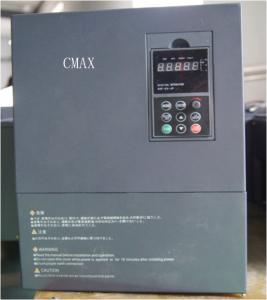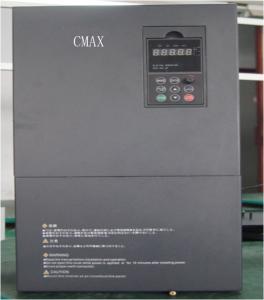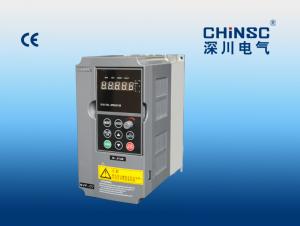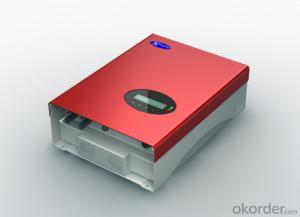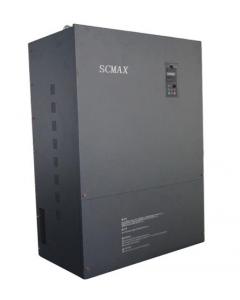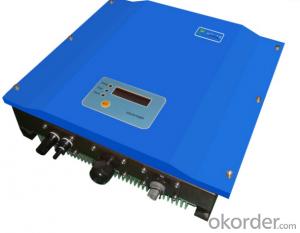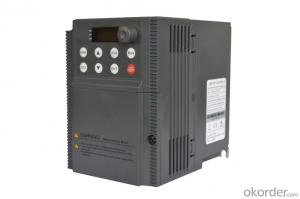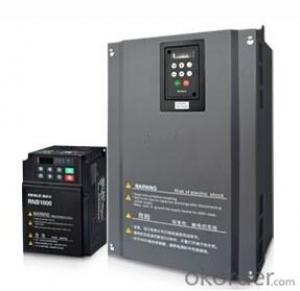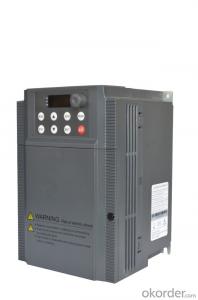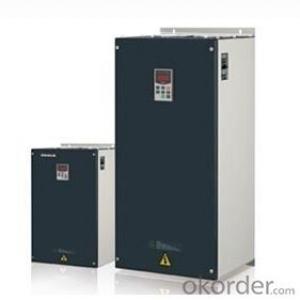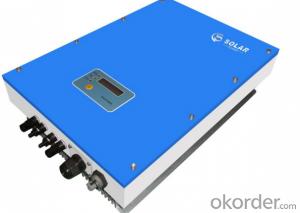Sma Three Phase Solar Inverter
Sma Three Phase Solar Inverter Related Searches
Best 3 Phase Solar Inverter 3 Phase Solar Power Inverter 5 Kw 3 Phase Solar Inverter Single Phase Solar Inverter 3 Phase Solar Micro Inverter 3 Phase Hybrid Solar Inverter Hybrid Solar Inverter 3 Phase 5kw 3 Phase Solar Inverter Abb 3 Phase Solar Inverter Solar 3 Phase InverterHot Searches
Cheap High Tea Sets For Sale Portable Led Signs For Sale Stone Hot Water Bottles For Sale Large Led Screens For Sale 1/4 Aluminum Plate For Sale H4 Led Headlight Bulbs For Sale Air Pump For Aquarium Price Solar Thermal Collectors For Sale Used Finger Joint Machine For Sale Aluminum Dock Plate For Sale Aluminum Plate For Sale Near Me Solar Chips For Sale Solar Business For Sale Solar Controllers For Sale Pipe Staging For Sale Aluminum Stock For Sale Near Me Used Electrical Wire For Sale 6 3 Electrical Wire For Sale Aluminum Towers For Sale 6 3 Wire For SaleSma Three Phase Solar Inverter Supplier & Manufacturer from China
Okorder.com is a professional Sma Three Phase Solar Inverter supplier & manufacturer, offers integrated one-stop services including real-time quoting and online cargo tracking. We are funded by CNBM Group, a Fortune 500 enterprise and the largest Sma Three Phase Solar Inverter firm in China.Hot Products
FAQ
- The role of a solar inverter in a battery storage system is to convert the direct current (DC) electricity produced by the solar panels into alternating current (AC) electricity that can be used to power household appliances and charge the battery. It also manages the flow of electricity between the solar panels, battery, and the grid, ensuring optimal utilization of the stored energy and facilitating grid interaction when necessary.
- Yes, a solar inverter can typically be used with different types of solar panels. Solar inverters are designed to convert the direct current (DC) generated by solar panels into alternating current (AC) that can be used to power various electrical devices. As long as the solar panels produce compatible DC voltage and current, they can be connected to the solar inverter regardless of their type, such as monocrystalline, polycrystalline, or thin-film panels. However, it is important to ensure that the solar inverter is appropriately sized and compatible with the total capacity of the connected solar panels for optimal performance.
- A solar inverter handles variations in ambient temperature by incorporating temperature compensation mechanisms. These mechanisms allow the inverter to adjust its operation and optimize performance based on the temperature conditions. By monitoring the temperature, the inverter can regulate voltage levels, adjust power outputs, and protect itself from overheating. This ensures that the inverter operates efficiently and reliably under different ambient temperature conditions.
- Yes, a solar inverter can be used in commercial or industrial applications. In fact, solar inverters are commonly used in these settings to convert the direct current (DC) generated by solar panels into alternating current (AC) that can be used to power various electrical devices and equipment in commercial and industrial buildings.
- The role of a solar inverter in a microgrid system is to convert the direct current (DC) electricity generated by solar panels into alternating current (AC) electricity that can be used to power the electrical loads in the microgrid. It also helps to manage the flow of electricity between the solar panels, battery storage, and the grid, ensuring efficient utilization and stability of the microgrid system.
- What is the difference between a PV inverter and a solar inverter?
- The main function of photovoltaic grid-connected inverter is to convert the DC power of the solar PV module into the same frequency as the sinusoidal AC power of the grid (the grid is generally AC power grid, DC can not be directly connected)
- A solar inverter is designed to handle variations in temperature by incorporating temperature sensors and thermal management systems. These sensors monitor the temperature of the inverter and its components, allowing it to adjust its operations accordingly. The inverter's thermal management system helps dissipate excess heat and prevent overheating, ensuring optimal performance and longevity. Additionally, advanced inverters may have temperature compensation algorithms that adjust the voltage and power output to compensate for the temperature changes, maximizing energy production.
- A solar inverter handles voltage fluctuations during grid disturbances by continuously monitoring the grid voltage. When a disturbance occurs, such as a sudden drop or increase in voltage, the inverter's control system detects it and adjusts the output voltage accordingly. This allows the inverter to stabilize the voltage and ensure a consistent supply of electricity to the connected solar panels or the grid.


